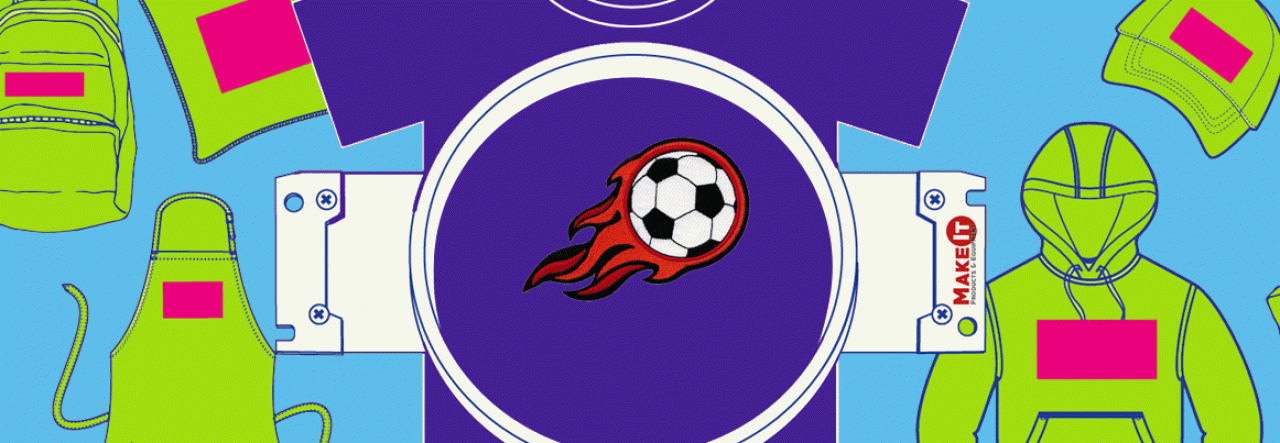We all take different things into consideration before making a purchase, but for most of us there’s one common factor: price. As an embroidery business owner, you want to price your products in a way that fits the value your customers see for your products, but you also want to maintain a profit so you can stay in business. Every product has a pricing “sweet spot” where value and profits meet.
There are many things to consider when deciding how to price your embroidery products. We recommend trying a “top down” approach to pricing embroidery products, which means starting by calculating your upfront costs and overhead. This includes the cost of materials, shipping, outside costs such as marketing, and of course your time spent.

Cost of Materials
When pricing embroidery products to sell, start by calculating the cost of your materials. Some materials will be easy, such as a garment that will only be used for a single project. Other materials, such as embroidery thread, are purchased in bulk but will be used for many different products.
For these items, give your best estimate to figure out the average number of projects you can finish with that material, and use that to calculate the cost per project.
For example, say you can embroider 100 shirts from 1 cone of thread that costs $8.
$8 ÷ 100 = $0.08 per project. If you use an average of 5 colors per project, your thread costs per project is about $0.40, on average. Do this calculation for every material used to complete a project and add the costs together. This is your base cost.
Cost of Shipping
If you charge shipping separately, try using a flat-rate based on the average cost of shipping for orders. If your orders vary in quantity and weight, it may be more cost effective to create a small series of scaled shipping costs based on what’s sold. Beyond the cost of shipping itself, don’t forget to include the cost of packaging materials and any add-ons included with an order, such as coupons, business cards, etc.
You can save on shipping costs by using flat rate packaging when possible. It’s also a good idea to invest in a small scale you can use to weigh your items and then you can pre-purchase packing slips.
Overhead Costs
You’re making investments in your embroidery business all the time, so don’t forget to factor those costs into your product pricing. Think about everything that goes into making your business possible. These are also known as “overhead” costs.
- Marketing
- Website hosting
- Photography equipment
- Embroidery machine maintenance
- Space for your business (rent, utilities, etc.)
- Vendor fees at craft fairs
- Listing fees on sites like Etsy or Ebay
Your Time
So many of us forget to value our time! Always keep track of the time spent on a project, and include the cost of labor in your embroidery product prices. Products that take a higher skill level than others should be adjusted accordingly for price.


